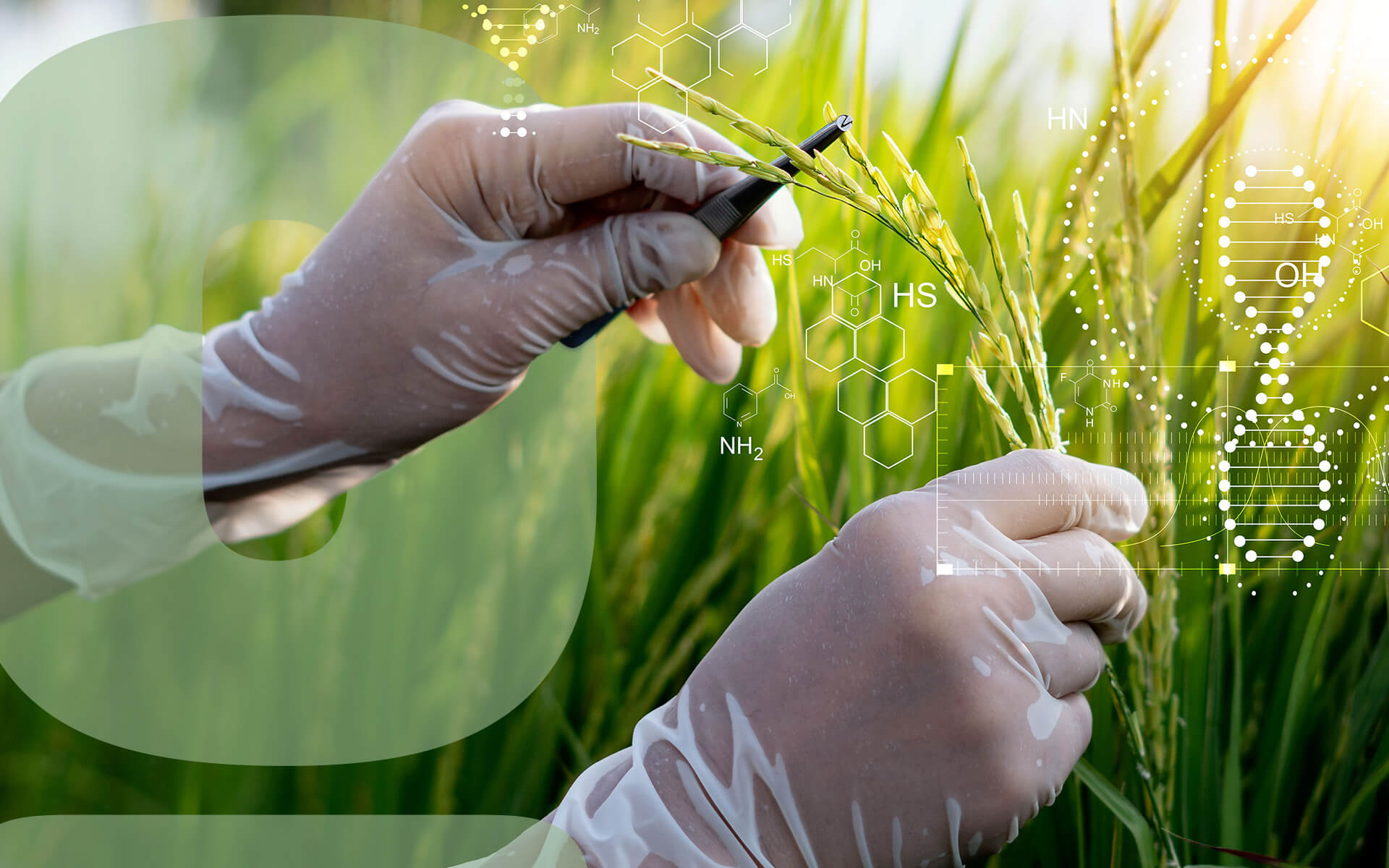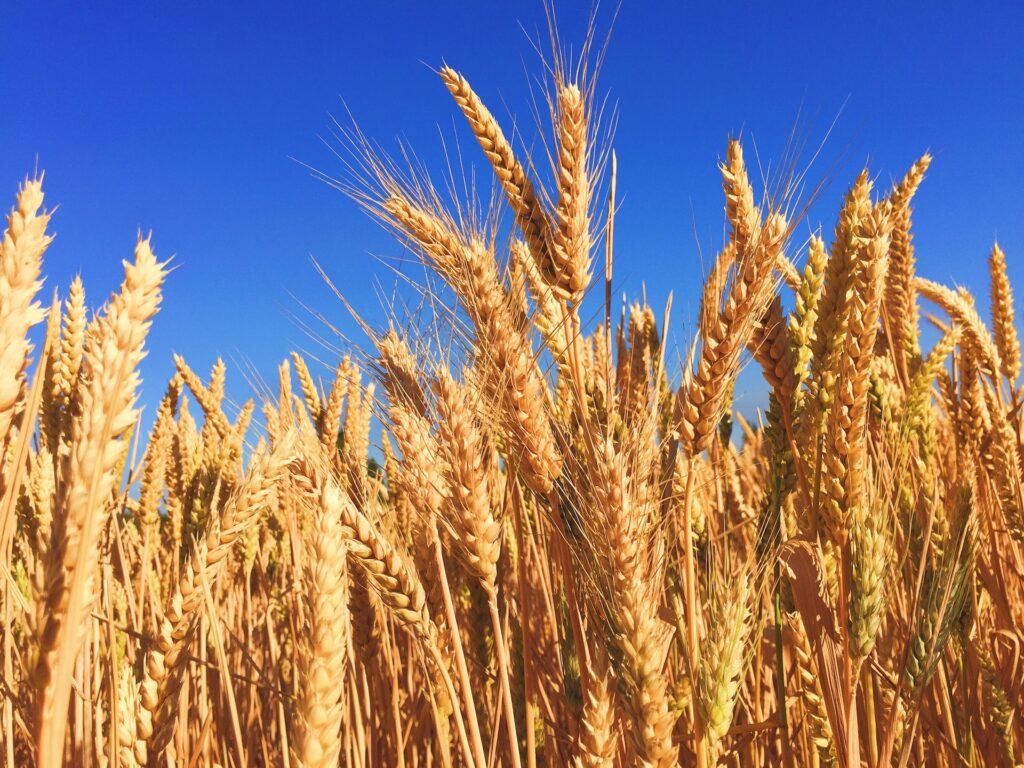
The Relationship Between GMOs and the Environment
We are reader-supported. When you buy through links on our site, we may earn affiliate commission.
As the global population expands, the demand for an abundant food supply increases. Climate change places limitations on agricultural growth patterns, enhancing the global starvation rate. Farmers and engineers worked together to minimize crop yield distribution using genetically modified organisms (GMOs). But is there a positive relationship between GMOs and the environment?
The modified crops became staples in the agriculture sector, filling our grocery stores with drought- and pest-resistant produce. Since their origin, GMOs and the environment impacted each other. Before exploring their relationship, we must assess GMOs independently.
What are GMOs?

GMOs are living matter with human-induced gene alterations. Most genetic modifications occur in a lab where professionals insert specific genes into a cell, altering a plant’s ability to defend itself in nature. After scientists conduct the DNA adjustment, they stimulate the growth process with hormones, solidifying the transition.
Environmentalists are using GMOs to increase the security and abundance of crop yields. Developing enough food to support global dietary needs is essential because nearly 811 million individuals lack access to enough food globally. Using GMOs can increase the abundance of fruits, vegetables and grains on Earth, limiting starvation.
GMOs also help defend the agricultural sector against climate change. As the world becomes warmer, surface-level conditions vary, creating growth challenges. When Earth’s temperature increases, the evaporation rate follows, creating water displacement.
While some regions experience more rainfall from the effects, others face elongated drought periods. Both occurrences can adversely impact the agricultural sector. Without enough water, plants can dry out and regions may develop soil erosion.
In areas with high precipitation rates, flooding and frequent storms can cause farming limitations. Heatwaves also impact production rates, and GMOs can protect crops against climate-related harm. Professionals developed drought- and flood-resistant plants using modifications, increasing agricultural production rates.
What are the Ecological Advantages of GMO Use?
One of the benefits of a relationship between GMOs and the environment is farming. There are various benefits of using GMOs in farming. One is the decrease in required field maintenance. Scientists are developing crops to increase their growth rates without additional human intervention.
Without required field maintenance, farmers can significantly decrease their carbon footprints. Many agricultural professionals use heavy machines in production, which run on diesel and natural gas. During combustion, the fuel sources release greenhouse gases into the atmosphere, changing its composition.
When the emissions invade the environment, they limit Earth’s ability to produce and regulate surface temperatures. Naturally, the atmosphere creates heat from solar radiation, warms the surface, collects surplus energy and sends it to space. Greenhouse gases change the process by increasing the atmospheric light-to-heat conversion rate.
They also trap and reprocess excess energy, raising Earth’s temperature over time. As the global temperature rises, the climate changes, creating environmental degradation. GM plants require less maintenance by machines to support adequate growth cycles.
Decreasing a farm’s reliance on fossil fuels can significantly improve global environmental sustainability. Another advantage of using GMOs is the support for the food supply. When farmers use modified plants, they reduce waste from impurities, saving money over time.
They also decrease interference from pests and diseases, increasing a crop yield’s abundance. While GMOs can benefit the agriculture sector, they also have a harmful impact on the environment, creating controversy over their uses.
What are the Ecological Disadvantages of GMO Use?
Depending on the type of modification, many GM plants become resistant to herbicides, creating production challenges. Farmers attempt to counter the resistance by using more herbicides, causing adverse impacts on soil health and the local ecosystem. The GMOs themselves also negatively affect soil nutrient levels, creating additional production limitations.
Researchers evaluate the productivity and growth potential of soil to evaluate its health. While some professionals recognize the benefits of GMOs to soil compositions, reducing interference from tilling, others observe its influences on erosion. When farmers can effectively produce crops without climate-related challenges, they are more likely to engage in monocropping.
Monocropping is a modern farming technique, growing one crop over and over to meet consumer demands quickly. The process minimizes soil nutrient levels, decreasing a region’s ability to produce food over time. It also causes erosion, minimizing the fertility of the soil.
Agricultural professionals attempt to increase the stability of crop production by using synthetic fertilizers and pesticides. When it rains, stormwater carries the additives into local water supplies, increasing algal blooms. As algae grow, they absorb high quantities of aquatic oxygen, degrading the environment.
After the plant matter depletes oxygen levels, marine species must locate more suitable habitats, leaving them without food or shelter for extended periods. Over time, eutrophication can cause significant harm to marine areas, minimizing their stability.
Should Americans Stop Purchasing GMO Produce?
After evaluating the advantages and disadvantages of GMO use, individuals may question if they should stop purchasing modified goods. While human-designed plants negatively affect Earth’s ecology, GMOs and the environment have a complicated relationship. In regions with severe starvation rates, GMO use may be necessary.
In places like America, consumers have access to abundant quantities of produce. Purchasing organic foods is more sustainable when you have the option because they protect soil health and minimize monocropping.
Share on
Like what you read? Join other Environment.co readers!
Get the latest updates on our planet by subscribing to the Environment.co newsletter!
About the author

Jane Marsh
Starting from an early age, Jane Marsh loved all animals and became a budding environmentalist. Now, Jane works as the Editor-in-Chief of Environment.co where she covers topics related to climate policy, renewable energy, the food industry, and more.





